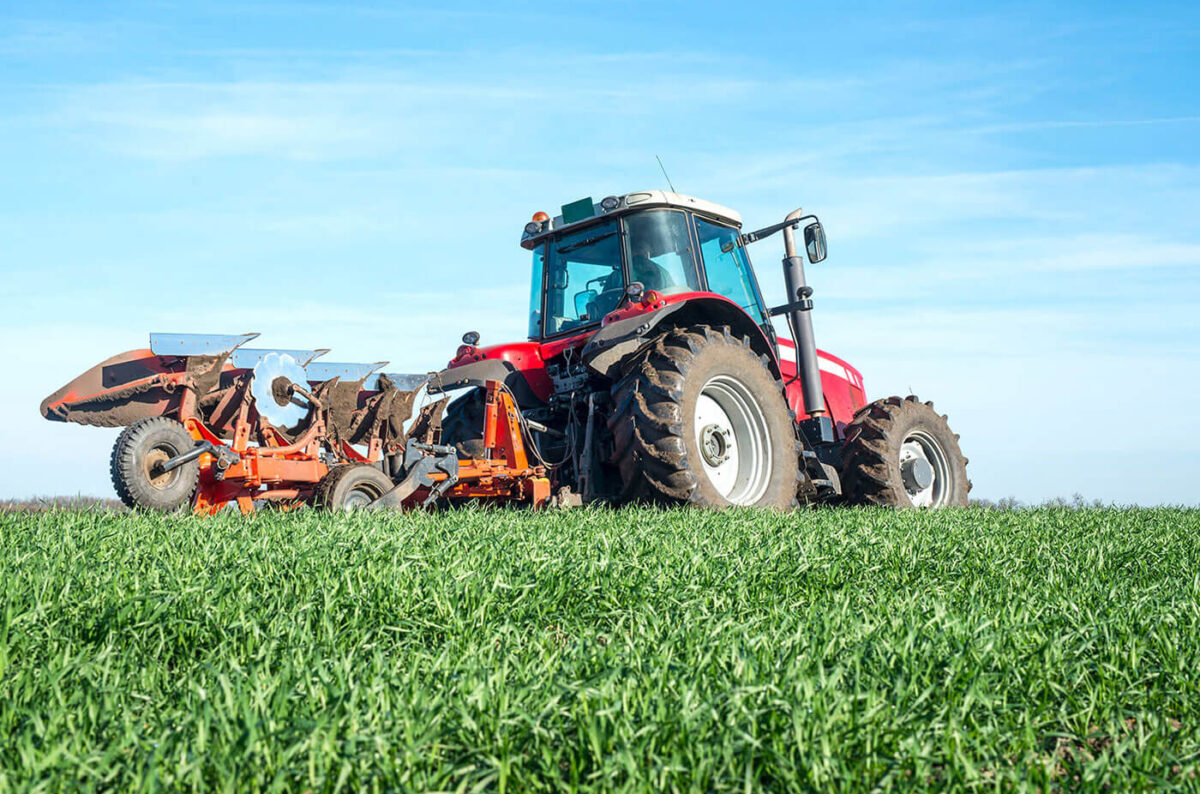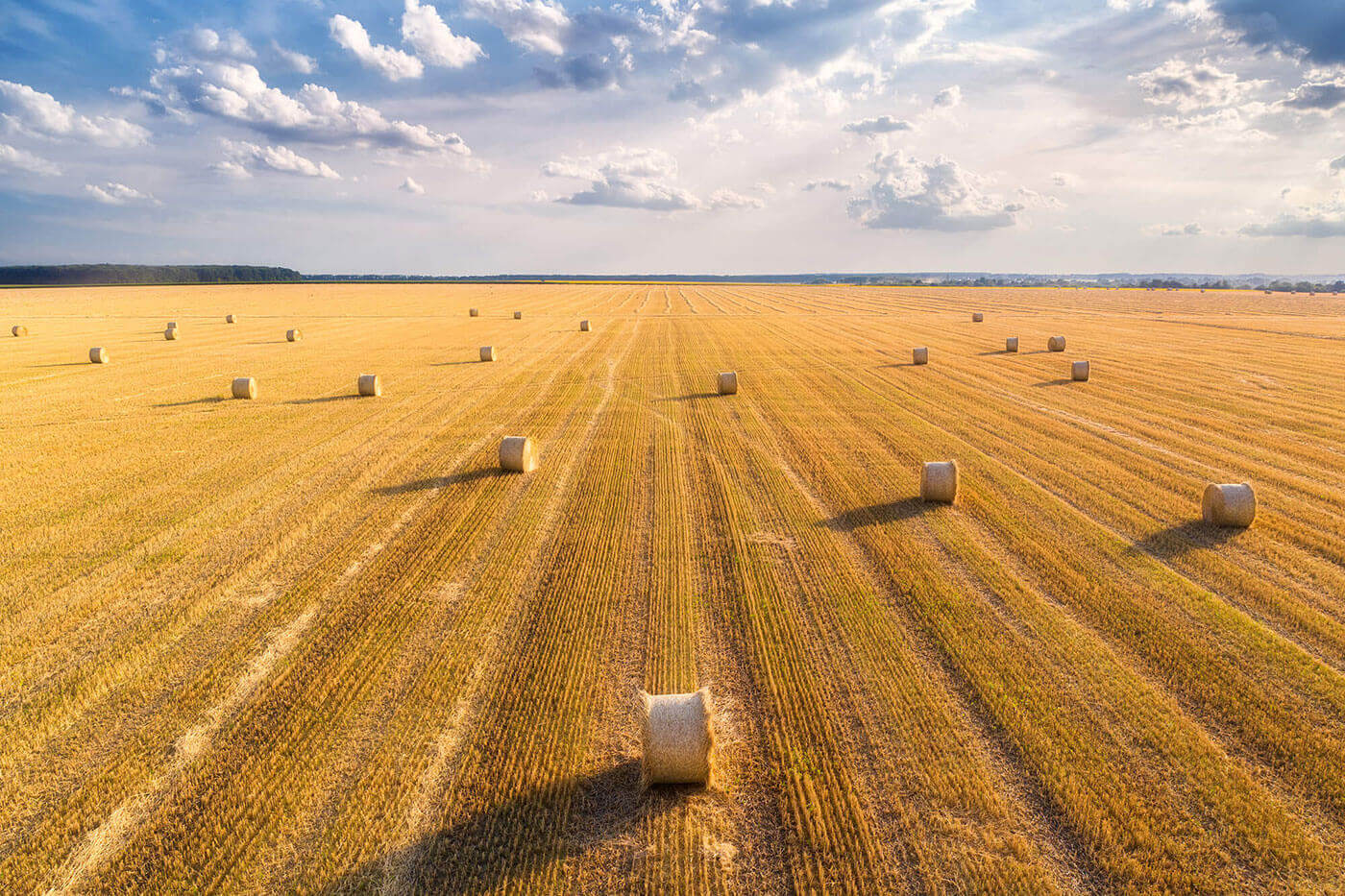- Agriculture
- February 7, 2023
Forecasting the Future of Sprayer Efficiency – What’s on Your Wish List?
After participating in another thought-provoking winter ag show season, sharing face-
to-face perspective with attendees, there are always some lasting takeaways that are worth
ruminating on.
I recently touched on why water quality is an increasingly important step to retaining
the potency of applied chemicals, especially given the cost of inputs today. This got me thinking
more about the future of sprayer efficiency and how the technology of today will shape the
innovations of tomorrow.
What are we learning now that will move the needle in the future? My initial blog in this
series asked the question, ‘How much is inefficiency costing my spraying operation?'
And we’ve since explored a variety of answers – from understanding the economic
impact of manual vs. modern mixing technology to the consequences that inconsistent record-
keeping can have compared to a solution than can automatically calculate mix, rate and acres.
But let’s look a little further into the future of sprayer efficiency. Market research
forecasts the ag sprayer market to measurably increase during the next decade.
Analysts see advancements in nozzle technology that provide real-time droplet size
adjustments and aerial application of chemicals, especially with drones, as growth segments of
chemical application.
For Henderson, Neb., farmer Brad Janzen and Janzen Brothers Partners, the recurring
ROI that’s come from automating aspects of their spraying process is supporting their next step
in sprayer efficiency – site-specific weed control.
In 2022, Janzen helped facilitate a field trial of the Greeneye selective spraying system,
which identified and spot-treated broadleaf weeds such as waterhemp and Palmer amaranth
across 3,000 acres of corn.
“We were seeing weed reductions of up to 97% in some fields,” Janzen says. “And our
field scouts said they saw no difference in efficacy compared to a broadcast herbicide
application.”
In 2023, Janzen retrofit a 220-gallon Greeneye selective spraying system on the
operation’s 1,600-gallon Hagie STS16 which covers more than 15,000 acres per year. He sees
the ability to automatically mix and load a small herbicide blend enhancing the efficiency and
effectiveness of the targeted weed control technology.
“We learned that certain mixes done in small batches can reduce the effectiveness of
one chemical, unless it’s done just right,” Janzen says. “This might not be as noticeable in a
broadcast application, but we want to be as economic and efficient as possible with our
herbicide program, so getting those mixes right is critical.”
When you think about the current efficiency of your spraying operation, what voids
exist, and what solutions do you have on your wish list to further increase ROI?
Let us know, and learn more about how we can help you improve sprayer efficiency
with versatile solutions that improve ROI today and sustainability in the future. Contact us
today at 712-587-9720, send us a note or schedule a meeting with a Mixmate expert here.

















